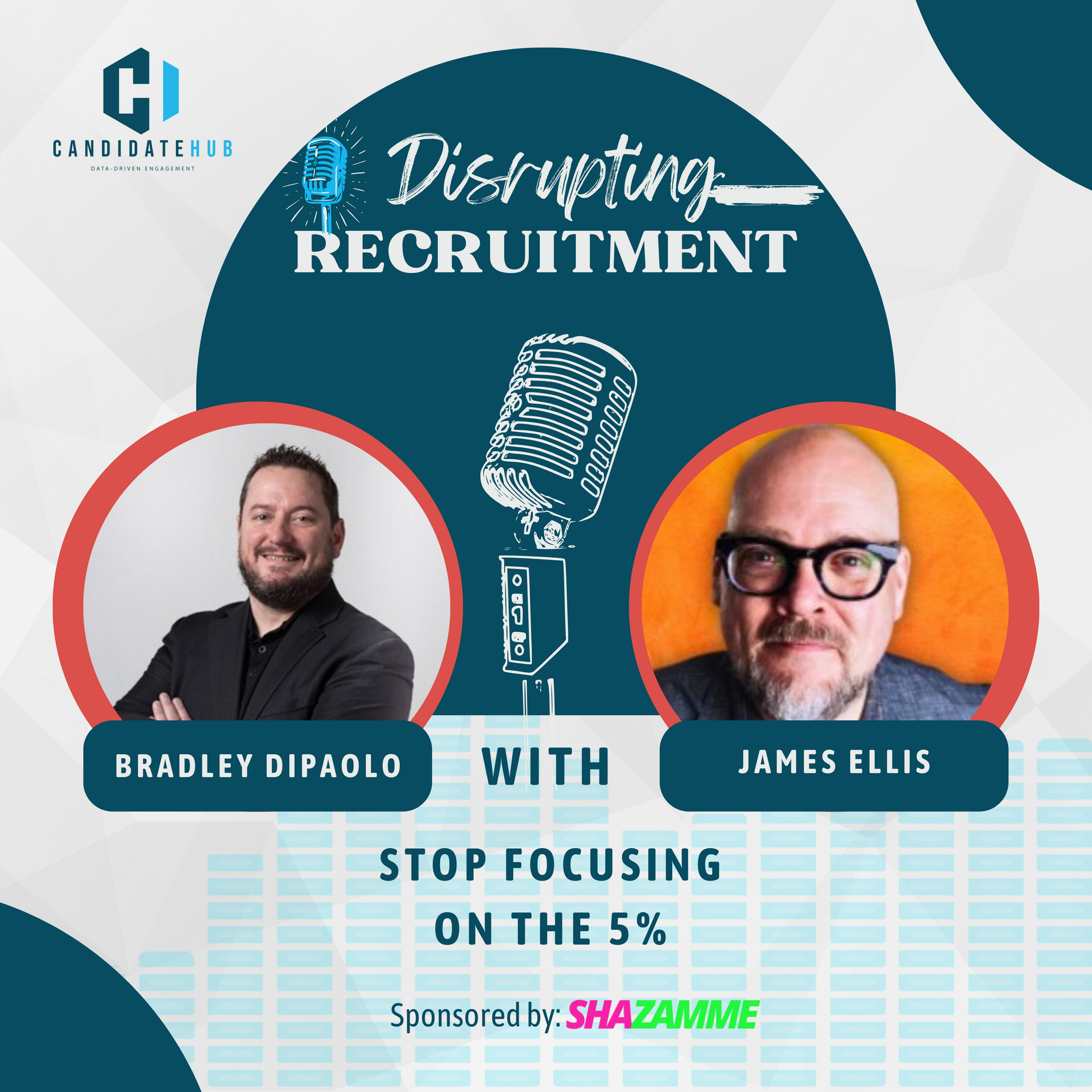
Discover the transformative power of candidate recycling in recruitment. Explore how marketing automation and scoring systems can revitalize your talent pool, reduce costs, and enhance candidate experience. Unlock the untapped potential in candidates who weren't initially hired, and revolutionize your recruitment strategy for long-term success.

In today’s competitive job market, attracting and engaging top talent is a crucial aspect of any successful recruitment strategy. As the digital landscape continues to evolve, adopting an e-commerce approach to candidate engagement can provide significant advantages. Leveraging the principles of e-commerce in your recruitment process can help you create an exceptional candidate experience, streamline […]

We are thrilled to announce that CandidateHub has been named one of the top Canadian startups by CanadaVenture.news. This recognition is a testament to the hard work and dedication of our team, and we are honoured to be included on this prestigious list. About CanadaVenture.news: CanadaVenture.news is the leading platform for discovering the most promising […]

As a business owner or HR professional, you likely understand the importance of using an applicant tracking system (ATS) to manage your recruitment and hiring processes. But did you know that outdated data in your ATS can actually be costing you money? In this post, we’ll discuss the financial impact of outdated ATS data, and […]

5 Ways to Lower Candidate Acquisition Cost One of the most important metrics we talk to recruitment teams about is their cost to acquire candidates (Formerly known as Cost Per Hire). The balance between CAC and Candidate Quality has long been a delicate one, and in a department where every dollar counts, maximizing your recruitment […]






